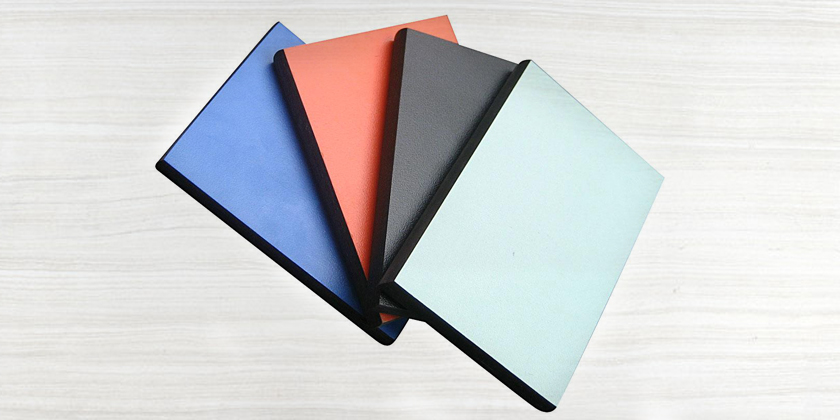
Compact HPL (Solid Phenolic) is a hard core, solid core, made from many layers of kraft paper after dipping phenolic glue, which is compressed at temperatures up to 150 degrees Celsius and pressure 1430psi. The core layer consists of layers of kraft paper pressed between two surface layers and the bottom layer.
Compact HPL panels are currently one of the most popular interior materials available today. In Vietnam, the Compact HPL sheet is mainly used in the construction of toilet partitions and laboratory tables for research laboratories (due to the durable structure, water resistance and chemicals of the Compact HPL sheet). However, in Western countries or developed countries such as Korea, Japan, Compact HPL panels are applied in more diverse fields such as construction, interior and exterior to make wall and ceiling tiles. Furniture, locker cabinets, suspended ceilings, raised floor, kitchen cabinets,...

The "precursor" of today's Compact HPL sheet was first invented in 1896. A Belgian-American chemist combined phenol and formaldehyde, creating a plastic product that can be converted into an insoluble polymer tan. He then added sawdust filler from the wood, resulting in a dark plastic sheet. In 1907, he patented this invention, taking his name as Bakelite.
This was a great material at the time with non-conductivity. It drew attention from the electricity industry almost immediately. This material has replaced porcelain and mica as an insulating material in electrical equipment. Later in the development process, it was applied more in many other fields, from sound, insulation for agriculture, textile industry to aviation industry. However, this material is limited in color, because they are only black or brown - the original color of the composition.
Other studies appeared in early 1906, when a scientist named Leibich studied the reaction of melamine formaldehyde. He discovered that these resins, mixed with cellulose, and after going through a polymerisation process, produced a solid material that has excellent advantages such as light stability (UV). High abrasion, electrical insulation. Then, in the '40s, the development of high moisture resistant decorative paper melamine paper made Compact HPL panels begin to have more diverse colors and aesthetic patterns.
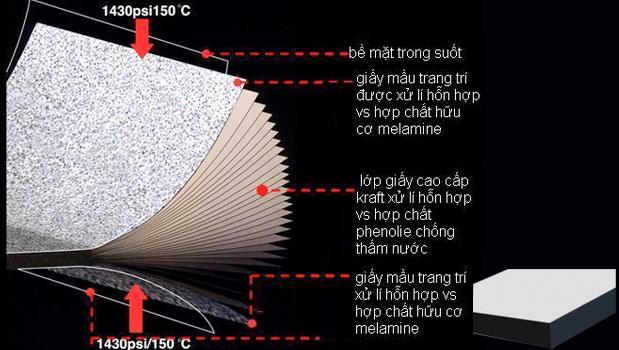
Compact HPL panels are usually composed of 3-4 layers. For HPL Group's Compact HPL panels, this composition is 4 layers, including:
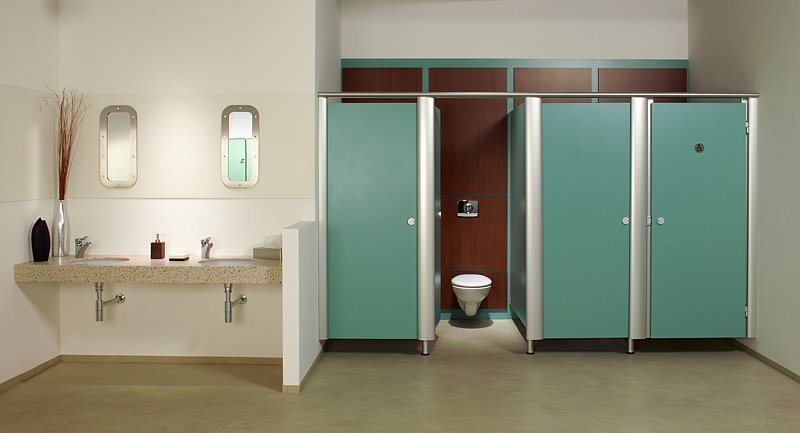
On the market today, there are many price segments for Compact HPL panels depending on the needs and purposes. But overall, the market is divided into 2 main segments: high-end and cheap. Besides, the price of Compact HPL panels depends on the thickness.
With the general structure using quite a lot of glue and kraft paper in the composition, the cost reduction for Compact HPL panels mainly depends on the quality reduction of these two components. Cheap HPL Compact panels often add stone powder to the core layer to reduce the amount of glue and kraft paper. In addition, some manufacturers replace cheaper glue to reduce the cost of Compact HPL panels. The use of cheap glue will bring detrimental effects to the health of the user as well as the durability of the product.
You can distinguish the quality of Compact HPL panels based on weight. Good quality Compact HPL panels usually weigh up to 18kg for a 1220 * 1830 plate with a thickness of 12 mm, while a lightweight Compact sheet weighs less than 13kg. Compact compact panels are often cheap, the surface cut is not as smooth as heavy HPL Compact panels. Because the lightweight compact core layer is often porous and the bonds between molecules are not tight, the disadvantage is that it easily attracts moisture, which leads to mold, and the durability is not high. Some constructions also combine two types of heavy and light compact panels to reduce costs by using chamber panels with lightweight panels (1530mm), while the front panels (1220mm), the wall system still uses compact panels. Heavy HPL is 100% water resistant. Even in this case, after about 6 to 12 months the entire wall system is still moving due to the weak link of the chamber partition.
For high-end Compact HPL panels, the materials used are usually standard and comply with the standard. For example, for HPL Group's Compact HPL panels, we use high quality glue and virgin kraft paper. High-end HPL Compact panels in addition to ensuring high durability also ensure the standards of health safety for consumers.
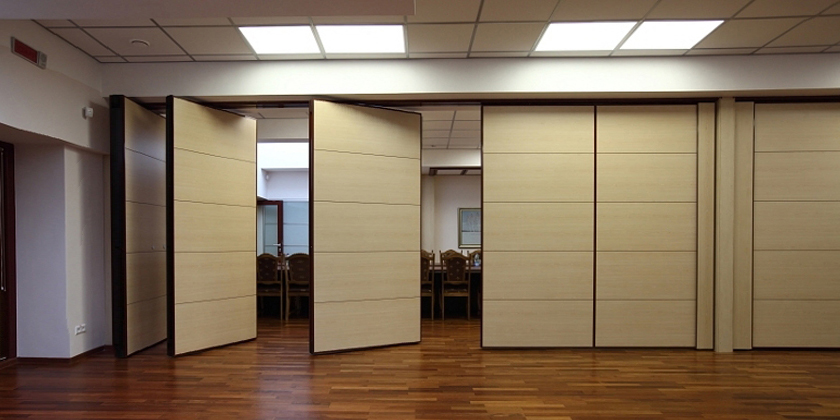
Sorted by thickness
Compact HPL panels usually have a thickness of 1.6mm to 25mm. Depending on the purpose of use, the user will choose for themselves the appropriate thickness. The higher the thickness of the Compact HPL plate, the higher the price. For the main application of making sanitary partitions in Vietnam, you should choose Compact HPL panels with 12 and 18mm thickness. Currently, 12mm thickness HPL sheet is the most preferred thickness for construction as toilet partitions for public works. You can completely choose a thickness of 18mm to make a partition, but if it is too thin, the partition does not guarantee the need to use too thick, there are cost problems. In addition, accessories that come with hygienic partitions such as plate clamps, slots, hinges, locks are mostly manufactured in accordance with thicknesses of 12 and 18mm.
Classification by surface layer
The surface layer of Compact HPL panels varies. In addition to diverse colors such as single color, wood grain color, stone grain color, faux leather pattern, the surface of Compact HPL panels is also very diverse such as glossy surface, lumpy surface ... Therefore, in addition to making bulkhead, Compact HPL panels can also be used for many other research applications.
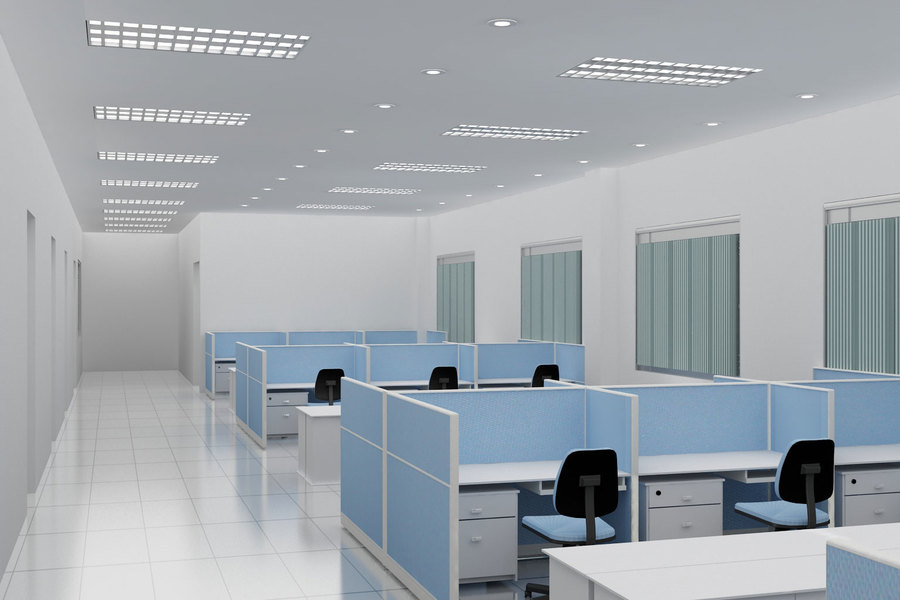
In the field of making partitions, furniture, ... there are many materials that can be used such as granite, CDF panels, HDF panels, but Compact HPL panels are always a wise choice for consumers by The following outstanding advantages:
Waterproof, absolute moisture: Through quality tests, the Compact HPL sheet after being immersed in water for 24 - 48 - 72h, there is no change in thickness. The HPL Compact sheet does not swell, warp, fade or blister despite being completely immersed in water. This advantage is due to layers of kraft paper, phenolic glue and melamine paper pressed together under high temperature and pressure (1430psi, 150oC) to form a uniform Compact HPL sheet with dense molecular density. . As a result, water molecules as well as molecules of highly oxidizing substances cannot penetrate inside to destroy the Compact HPL sheet.
High strength: Compact HPL panels are often used as toilet partitions. The sanitary partition is designed as a system of empty cells consisting of Compact HPL panels linked together thanks to the attached accessories such as plate clamps, slots, hinges, locks. Therefore, the structure of a partition needs to have certain certainty and big load capacity. Moreover, this partition is used for public works, the number of users is large, it is impossible to avoid damage due to users' consciousness. HPL Compact panels are currently the only material that can meet the durability and bearing capacity of such public buildings.
High heat resistance: Compact HPL Compact panels can withstand temperatures up to 80 degrees C, for normal temperatures the Compact HPL sheet is not affected.
Rugged construction: With the components indicated in the structure, the Compact HPL sheet has a very solid structure, tightly linked together. Therefore the product can withstand strong impact without deforming or warping. In addition, the accessories are designed to help strengthen the durability of Compact HPL panels. Compared to the green core MFC wall material, the Compact HPL toilet wall is 10 times more durable.
Diversity of colors and models: The range of colors and textures of the Compact HPL panels at HPL Group is considered to be the most selective variety on the market today. Monochromatic colors are often used such as gray, blue, cream, white, gray ... creating a gentle and elegant feeling, often used for public works such as high-rise buildings, shopping centers. , hospitals, ... and orange, red, pink, ... are bright and bright colors often used in buildings for children and students. In addition, HPL Group also has wood grain and stone grain color bands, which are suitable for projects that emphasize aesthetics, art or applications for office partitions, furniture, experiment tables,...
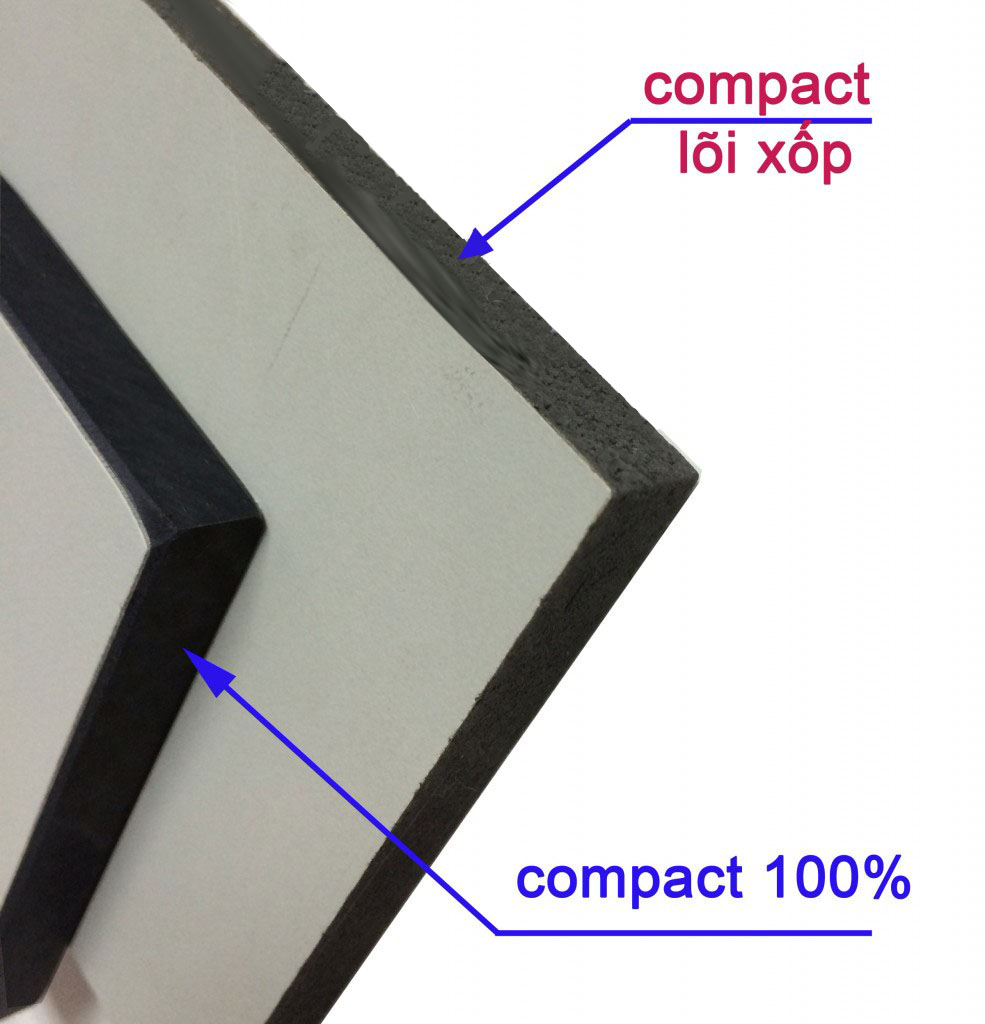
CDF is also a material used in making sanitary partitions like Compact panels and is often mistaken for Compact panels. So how do these two materials differ and differ?
For Compact panels:
For CDF panels
Currently on the market there are many suppliers of Compact HPL panels, of which HPL Group is confident of being one of the leading suppliers. After 10 years of being on the market, HPL Group has built trust with many consumers about the product of HPL Compact sanitary partition, good quality, diverse models, large inventories. Our warehouse stretches throughout Vietnam with convenient locations, constantly serving the fastest, most convenient.
Certificate of business registration number 0108993025
Copyright © 2024 AICA HPL